|
Western Blot / Fluorescence DNA-CE system /
Immunodetection Steps / Progammable Automation / Consistency and Reproducibility
/ Productivity / Simplicity
https://en.wikipedia.org/wiki/Western_blot

Western blot using an antibody that recognizes proteins modified with lipoic acid. |
The western
blot (sometimes called the protein
immunoblot) is a widely used analytical technique in molecular biology, immunogenetics and other molecular
biology disciplines to detect specific proteins in a sample of tissue homogenate
or extract.
https://en.wikipedia.org/wiki/Western_blot
In brief, the sample undergoes protein denaturation, followed by gel electrophoresis. A synthetic or animal-derived antibody (known as the primary antibody)
is created that recognises and binds to a specific target protein. The
electrophoresis membrane is washed in a solution containing the primary
antibody, before excess antibody is washed off. A secondary antibody is added
which recognises and binds to the primary antibody. The secondary antibody is
visualised through various methods such as staining, immunofluorescence, and
radioactivity, allowing indirect detection of the specific target protein.
Other related techniques include dot blot analysis, quantitative dot blot, immunohistochemistry, and immunocytochemistry where
antibodies are used to detect proteins in tissues and cells by immunostaining, and enzyme-linked immunosorbent
assay (ELISA).
|
|
The name western
blot is a play on the eponymously-named Southern blot, a technique for DNAdetection.Similarly, detection of RNA is termed northern blot.[1] The term
"western blot" was given by W. Neal Burnette,[2] although the
method itself originated in the laboratory of Harry Towbin at the Friedrich Miescher Institute.[3] |
|
Applications
The western blot is extensively used in biochemistry for the qualitative
detection of single proteins and protein-modifications (such as post-translational modifications).
It is used as a general method to identify the presence of a specific single
protein within a complex mixture of proteins. A semi-quantitative estimation of
a protein can be derived from the size and color intensity of a protein band on
the blot membrane. In addition, applying a dilution series of
a purified protein of known concentrations can be used to allow a more precise
estimate of protein concentration. The western blot is routinely used for
verification of protein production after cloning. It is also used in medical diagnostics, e. g.
in the HIV test or BSE-Test.
The confirmatory HIV test employs
a western blot to detect anti-HIV antibody in a human serum sample. Proteins from known HIV-infected cells are separated and blotted on a membrane
as above. Then, the serum to be tested is applied in the primary antibody
incubation step; free antibody is washed away, and a secondary anti-human
antibody linked to an enzyme signal is added. The stained bands then indicate
the proteins to which the patient's serum contains antibody.
https://en.wikipedia.org/wiki/Western_blot#Applications
Post-translational modification of insulin. At the top, the ribosome translates
a mRNA sequence into a protein, insulin, and passes the protein through the
endoplasmic reticulum, where it is cut, folded and held in shape by disulfide
(-S-S-) bonds. Then the protein passes through the golgi apparatus, where it is
packaged into a vesicle. In the vesicle, more parts are cut off, and it turns
into mature insulin.
|

|

A cow with BSE which has lost its ability to stand. |
A western blot is also used as the definitive test for variant Creutzfeldt-Jakob Disease,
a type of prion disease linked to the consumption of contaminated beef from
cattle with Bovine spongiform encephalopathy (BSE,
commonly referred to as 'mad cow disease').[4]
Another application is in the diagnosis of tularemia. An
evaluation of the western blot’s ability to detect antibodies against F.
tularensis revealed that its sensitivity is almost 100% and the specificity is
99.6%.[5]
Some forms of Lyme disease testing employ western
blotting.[6] A western
blot can also be used as a confirmatory test for Hepatitis B infection and HSV-2
(Herpes Type 2) infection.[citation
needed] In veterinary medicine, a western blot is sometimes used
to confirm FIV+ status in cats.[citation
needed]
|
|
Further applications of the western blot technique
include its use by the World Anti-Doping Agency (WADA). Blood doping is the misuse of certain
techniques and/or substances to increase one's red blood cell mass, which allows
the body to transport more oxygen to muscles and therefore increase stamina and
performance. There are three widely known substances or methods used for blood
doping, namely, erythropoietin (EPO), synthetic oxygen carriers and blood
transfusions. Each is prohibited under WADA's List of Prohibited Substances and
Methods. The western blot technique was used during the 2014 FIFA World Cup in
the anti-doping campaign for that event.[7] In total, over
1000 samples were collected and analyzed by Reichel, et al.[8] in the WADA
accredited Laboratory of Lausanne, Switzerland. Recent research utilizing the
western blot technique showed an improved detection of EPO in blood and urine
based on novel Velum SAR precast horizontal gels optimized for routine analysis.[9] With the
adoption of the horizontal SAR-PAGE in combination with the precast
film-supported Velum SAR gels the discriminatory capacity of micro-dose
application of rEPO was significantly enhanced.......
https://en.wikipedia.org/wiki/Fluorescence_in_situ_hybridization#Probes_%E2%80%93_RNA_and_DNA
|
Leading with Quality, Performance and Cost
Our partners, the
Precision
Biosystems, is a leading professional instrument systems
developer and manufacture for Western Blot Immunodetection Steps and
Fluorescence DNA-CE with best Progammable Automation, Consistency,
Reproducibility, Productivity, and Simplicity capabilities.
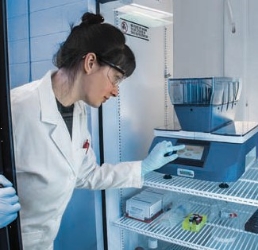
|
Precision Biosystems is a Massachusetts-based company that develops and
manufactures BlotCycler™,
an Automated Western Blot
processing system. The system is based on patented fluid distribution
technology. The overarching goal of BlotCycler is help you automate the
traditional manual western blot processing during the immunodetection step.
BlotCycler automates all steps after protein is transferred to a
membrane. These include: shaking, blocking, hybridization, washing, and
recycling of primary antibody. By eliminating the need for “babysitting”,
BlotCycler offers you a unique advantage over existing immunoblotting
technologies. Furthermore, BlotCycler generates blots with higher signals and
lower background. Finally, BlotCycler can save precious money on primary
antibodies in two ways. These are: 1) ability to recycle the antibody and 2)
optimize the primary antibody concentration.
The introduction of BlotCycler set a new standard of performance for a wide
range of tests and assays .....
|
Help automate difficult,
time-consuming Western Blot Immunodetection steps
In western
blot, inconsistent performance of manual Immunodetection methods has long been
identified as the dominant source of variability results !
With
BlotCycler™, you can
automate protocols including the solution changes, blocking, incubation of
primary and secondary antibodies, and washing steps precisely every time,
obtaining consistent and accurate results over and over again, and increase
productivity with rigorous precision delivering an affordable solution to busy
labs that demands good reproducible results !

The BlotCycler™ Automated Western Blot Development offers:
- Guaranteed
performance
- High
sensitivity and reproducibility (click to see the results of comparison of manual and automated processing)
- Complete
automation of all membrane processing steps
- In addition,
there’s no change in workflow. You use your existing protocols and reagents
- Processing of
up to 12 membranes simultaneously
- Simultaneous
processing of six different Primary and six different Secondary antibodies
- Ability to
easily program all steps for individual protocols.
- With automated
collection of primary antibodies, you save your unique and most expensive
reagents for repeated use
- And, automatic
cleaning after use with a special shower system insures that all traces of
reagents are completely removed
- Increased
signal and reduced background, made possible by the unique reagent delivery and
incubation system
- Use of minimal
bench space (12″ x 12″ for a 6-tray device)
- Flexibility in
protocol modification
- Finally, you
have better control of your time

Features
- It’s compact!
It uses less than 12″ of lab bench.
- You can use it
almost anywhere! It only requires an electrical outlet.
- It contains no
vacuum, pressurized air or gas. And no additional pumps are required.
- And, you can
recover primary antibodies with ease at the end of the protocol.
- Patent pending
technology.
- Built in the
USA for years of trouble free use.
Easy Programming
Program up to 100 protocol steps with an easy-to-use interface. The
parameters are adjustable for each protocol step. This includes incubation time
from 5 minutes to 72 hours, and 1 to 12 blots per run. An audible alarm sounds
at the end of the protocol. And then, the convenient cleaning cycle can be
activated after each run. Wash buffer remains in the trays to keep the blots or
gels wet.

Increased the signal as compared to the manual procedure
It is a common practice to perform the incubation with primary
antibody at 4°C overnight and conduct the rest of the steps at room temperature
during the manual procedure, as a convenience of not having to frequently go to
the cold room for solution changes. However this has been shown to eliminate
advantages of incubation at low temperature on background and signal intensity.
To further dissect the role of automation and incubation temperature in the
increased signal, the manual and automatic processing were carried out entirely
at 4°C or RT. The results indicate that while both automation and 4°C alone
increased the signal, the effect was most pronounced in combination of the two.
Therefore, BlotCycler™ offers the distinct advantage in improved sensitivity of
western blotting procedure while eliminating the drudgery associated with the
manual processing.

Yielded highly reproducible
results
Excellent
reproducibility results was demonstrated and confirmed quantitatively with the
band intensity for each protein quantified and normalized against the marker, in
direct consistent with visual observations, suggesting the salient
characteristics, such as timing and consistency of solution changes, efficient
washing, and elimination of operator caused errors, and enabling the much-needed
standardization of Western blotting.

Precision Stripping Buffer
Precision Stripping Buffer is optimized for
efficiently and fast removal of primary and secondary antibodies but leave
antigen attached to the membrane. Stripping buffer can be used in manual
procedure or for automated processing with BlotCycler. During automated
processing stripping can be combined with new antibodies incubation. Membrane
can be stripped and re probed up to 8 times without significant loss of sample
proteins.
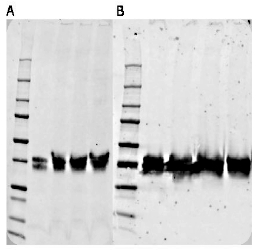
|
Precision Stripping Buffer:
• fast and complete removal of
primary and secondary antibodies
• sample proteins remain on the
membrane
• work well both for low and high
affinity antibodies
• multiple re-probing without loss of signal (-8 times)
• stripping is done at room
temperature
• can be used with manual and
automated western blot processing
• work for both nitrocellulose and
PVDF membranes
Membrane with brain lysate were incubated
with synaptophysin antibody before (A) and after (B) stripping with Precision
Stripping buffer (SB200).
Experiment were performed at SRI
International (CA).
|
Precision Blue Film - CY-BLUE
PBF-03 CY-BLUE autoradiography film 5x7, (127x178 mm) 100 sheets
• Works well with 14C, 32P, 33P, 1251, and 355,
• High Sensitivity X-ray Film for Chemiluminescent Western Blots
• Optimized for use in all blue and green light chemiluminescence systems
• Excellent sensitivity and contrast characteristics
• Coated on both sides for improved consistency and overall performance.
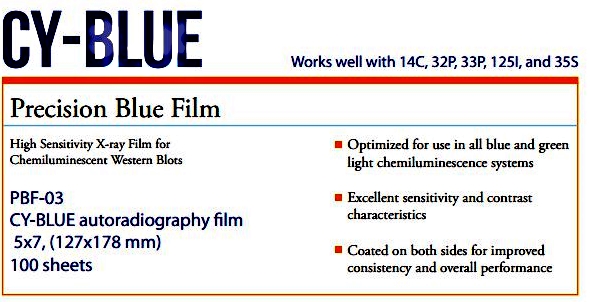
Western Blot Optimization:Reproducibility and Sensitivity
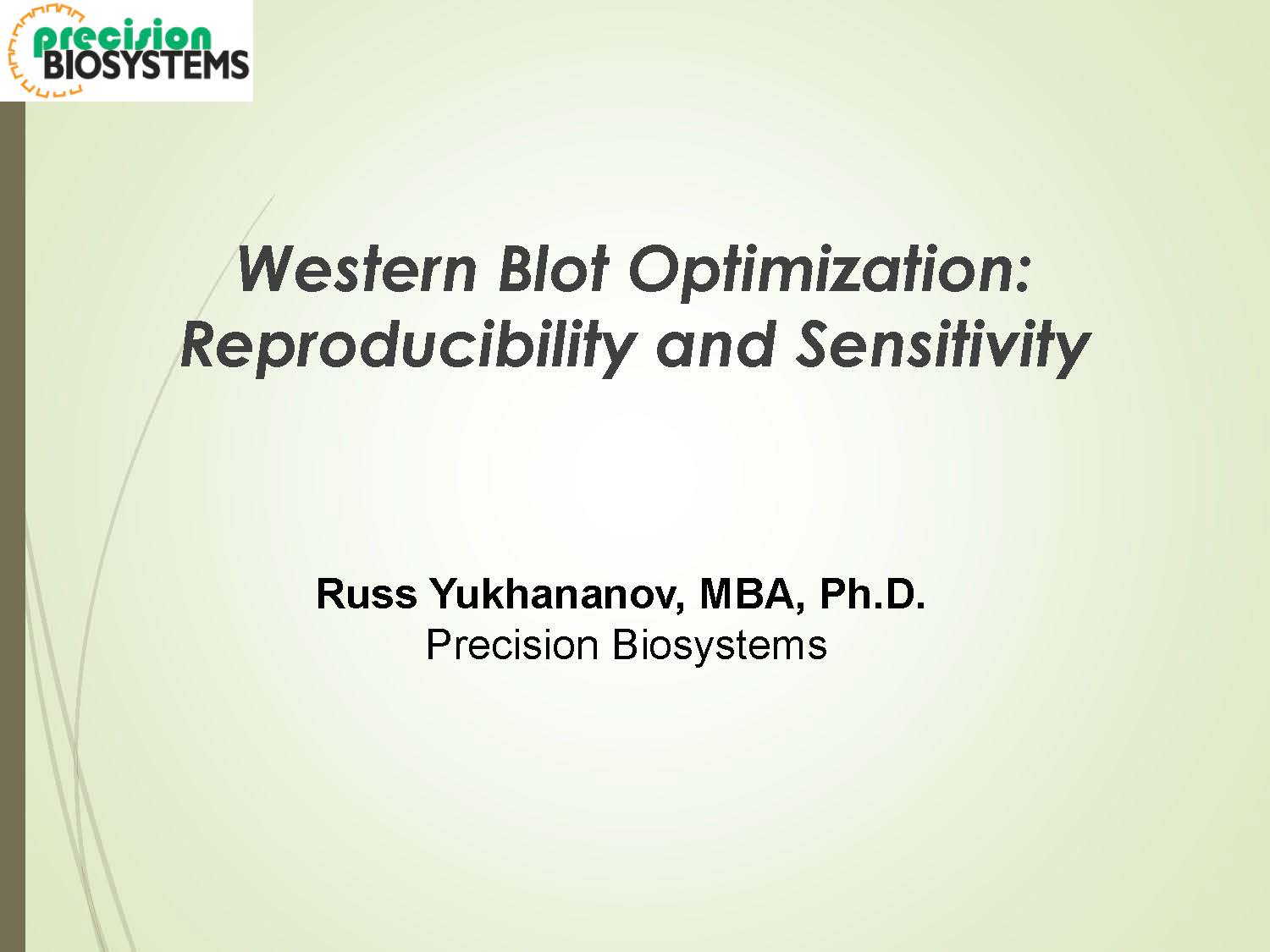

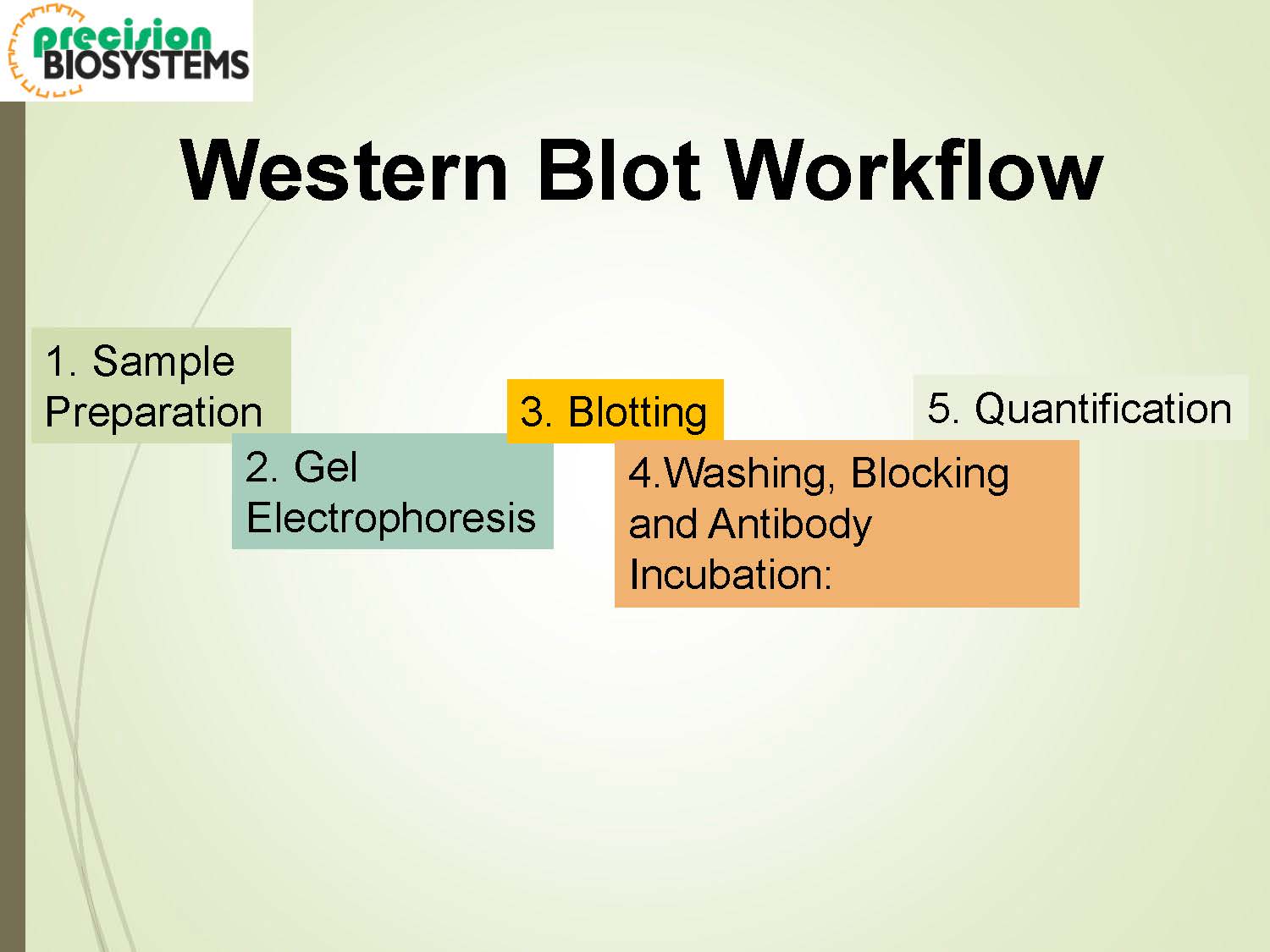
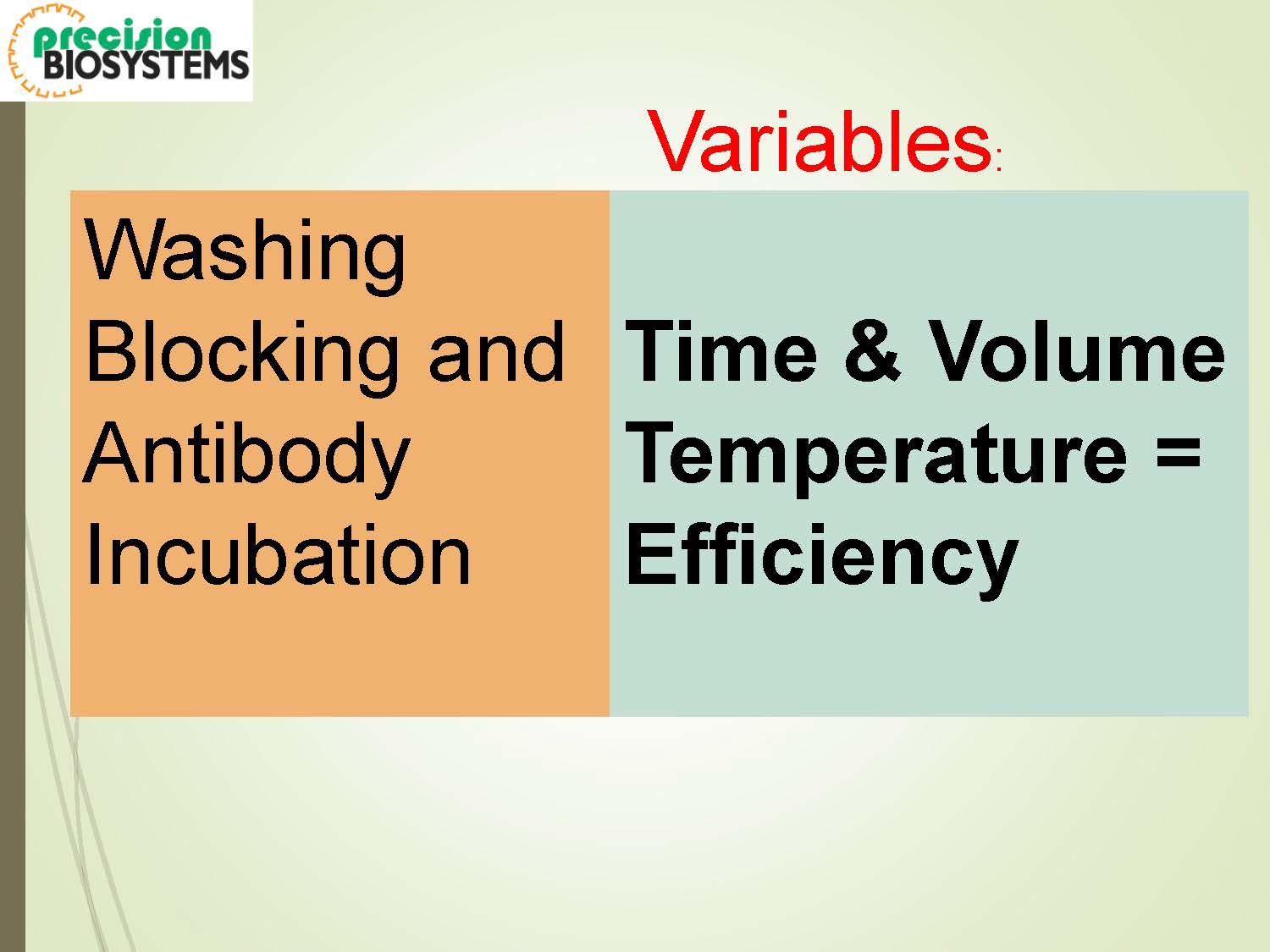

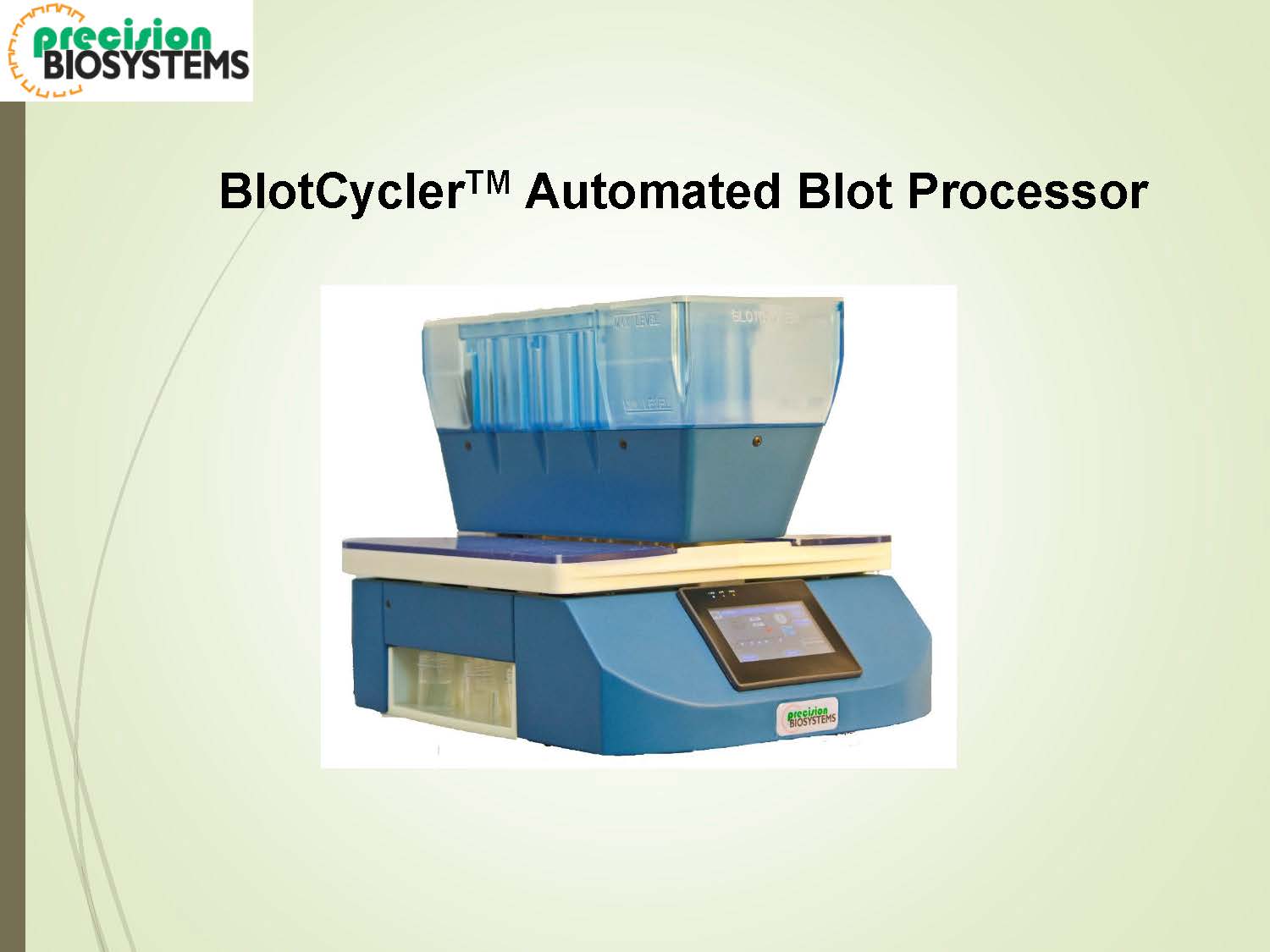
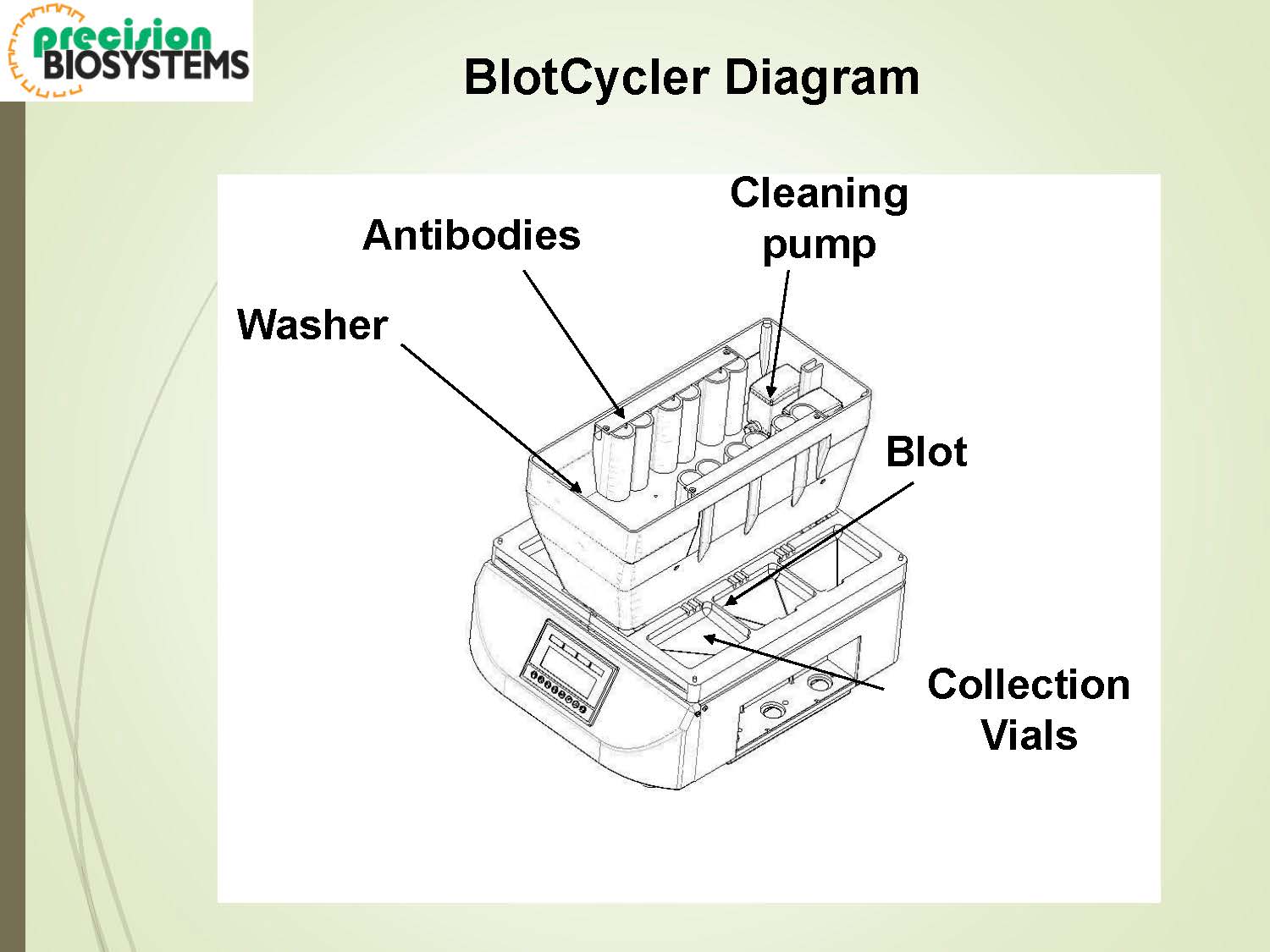
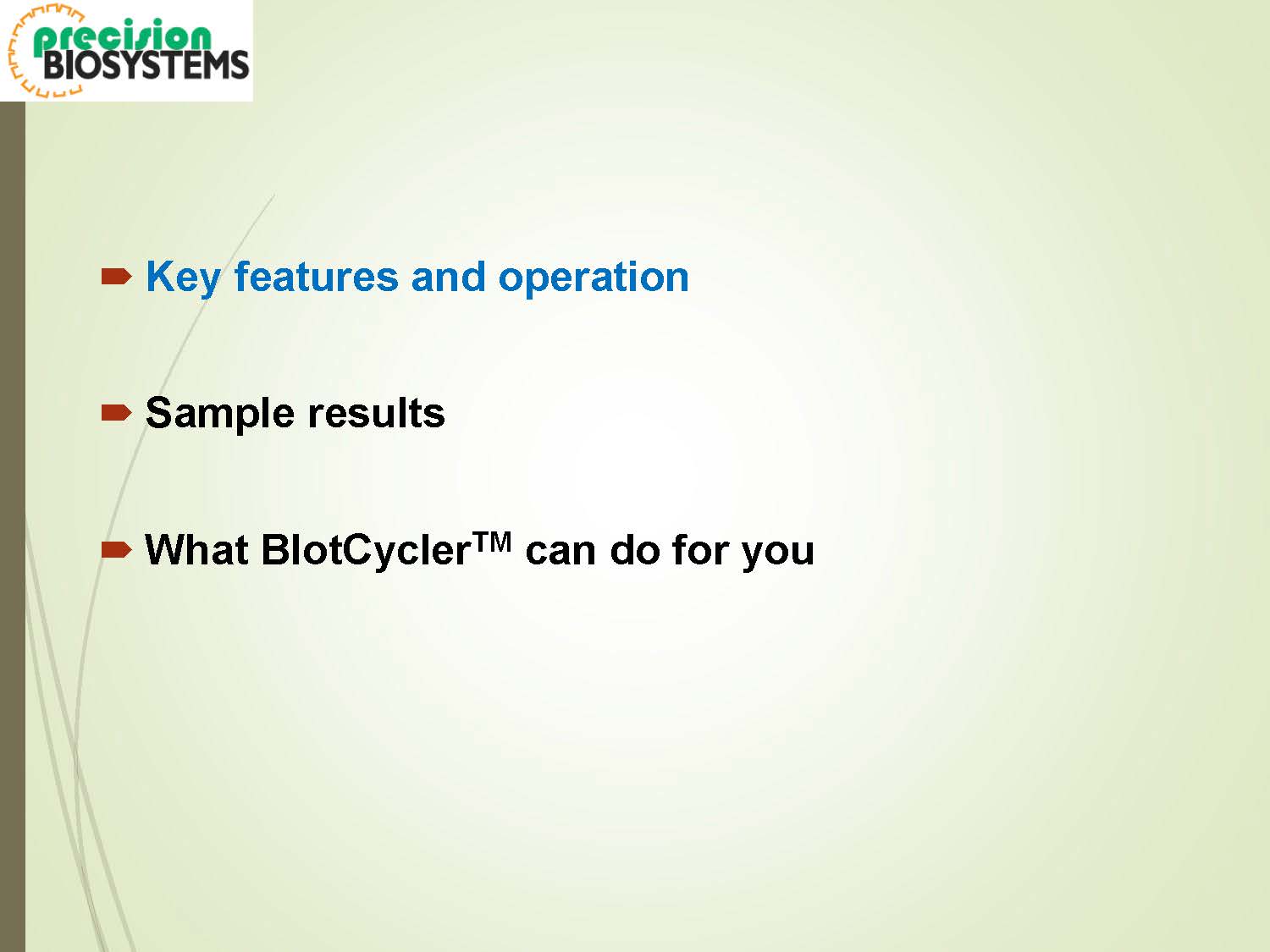
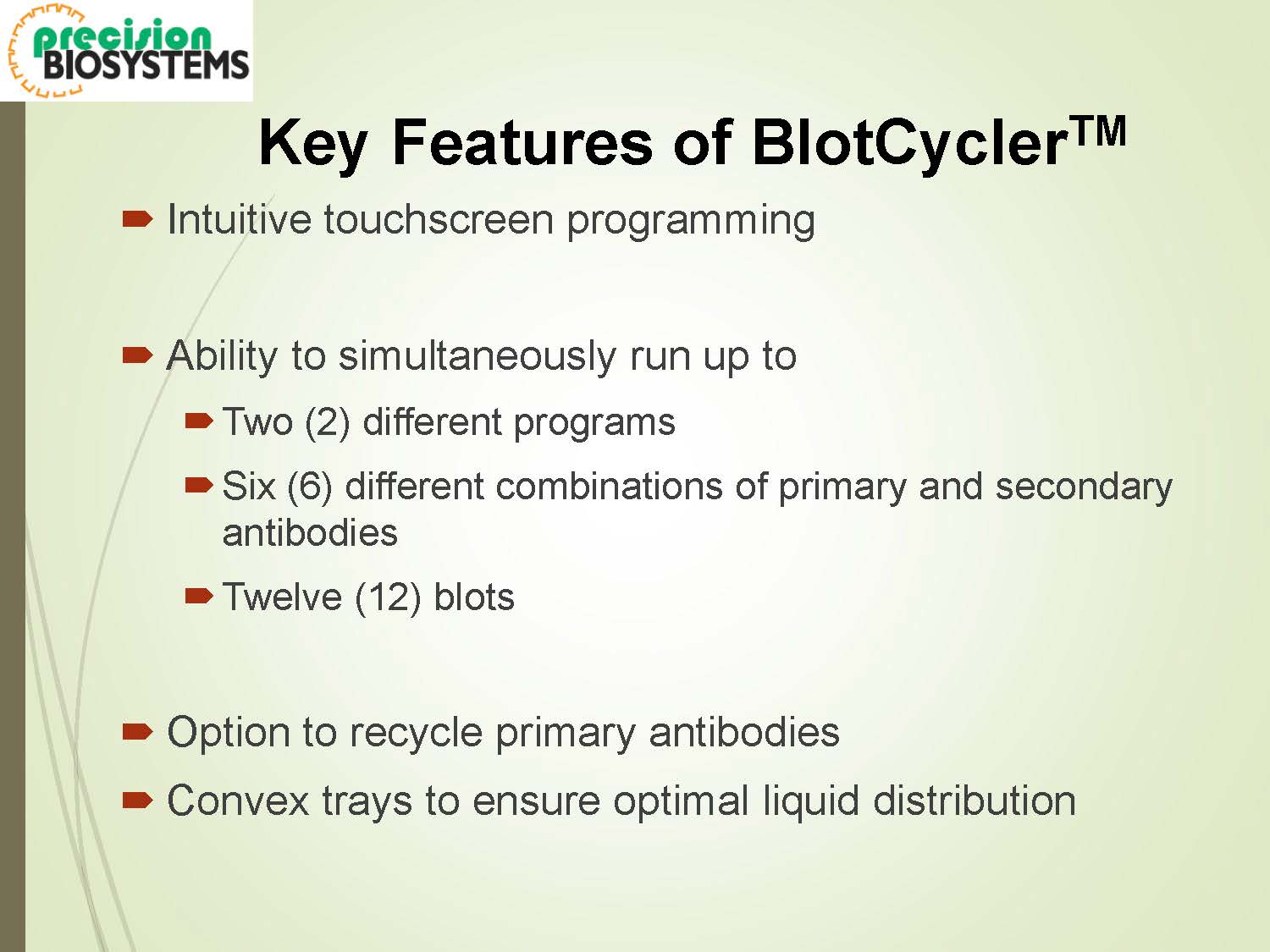



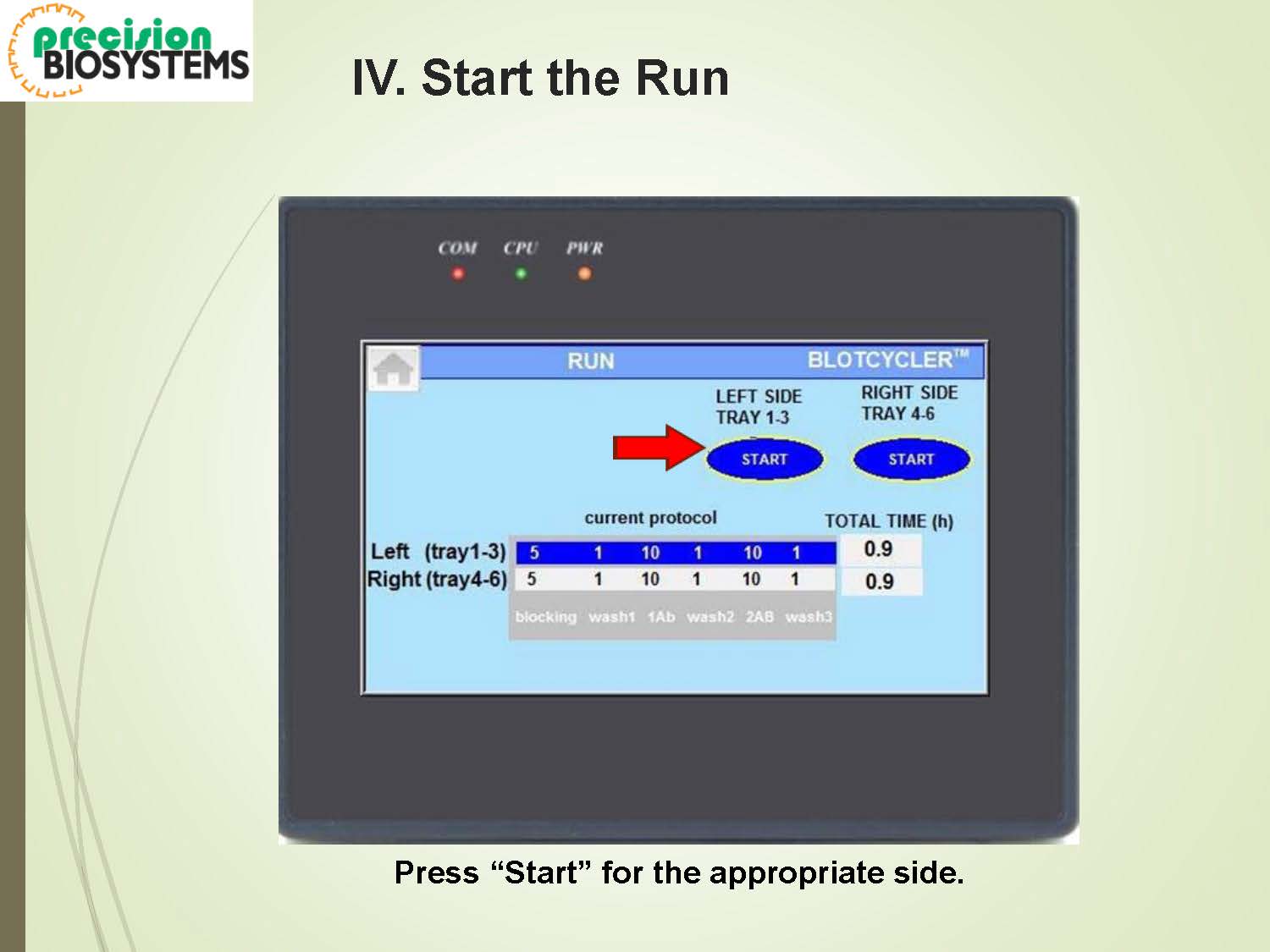




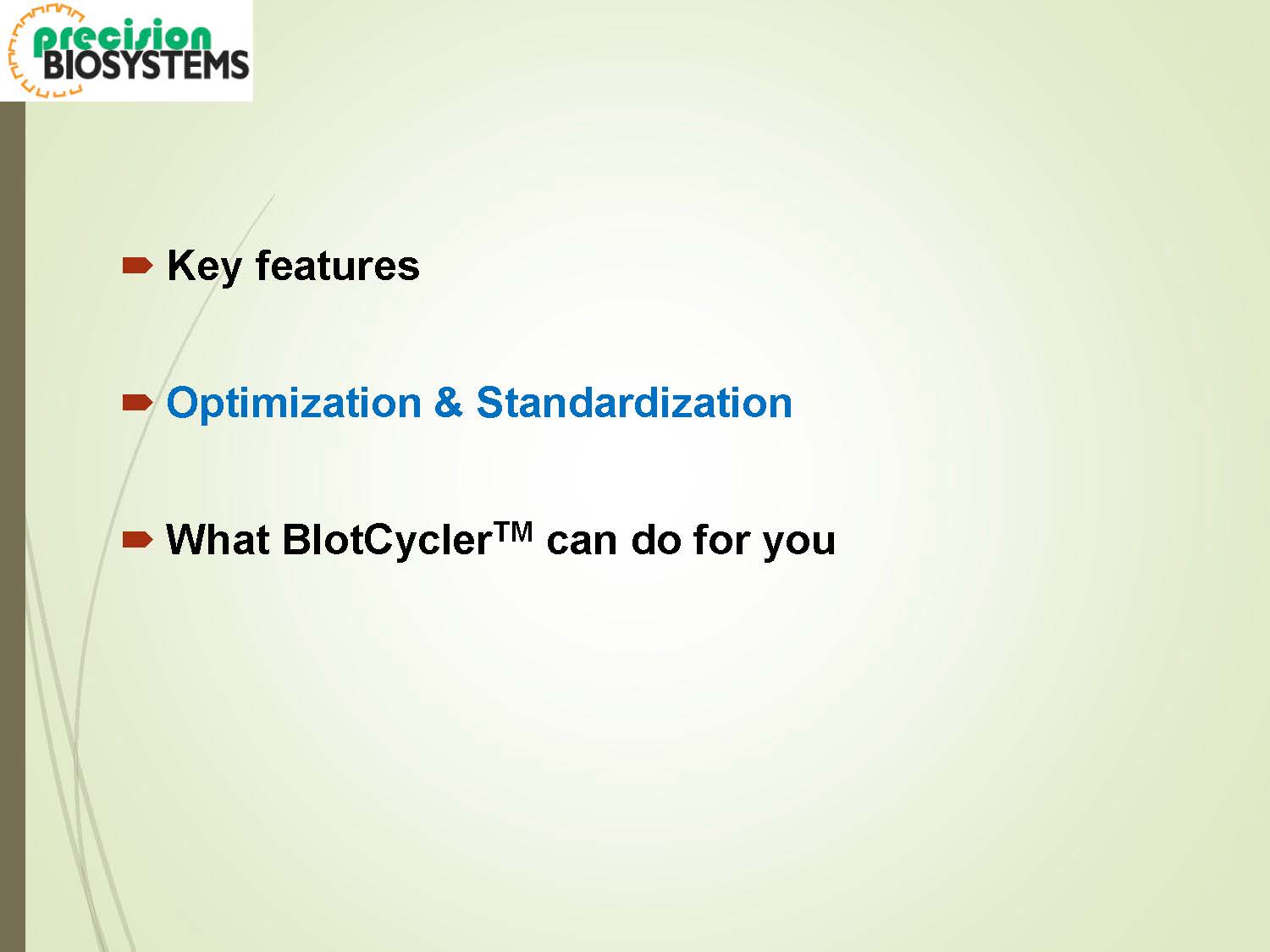
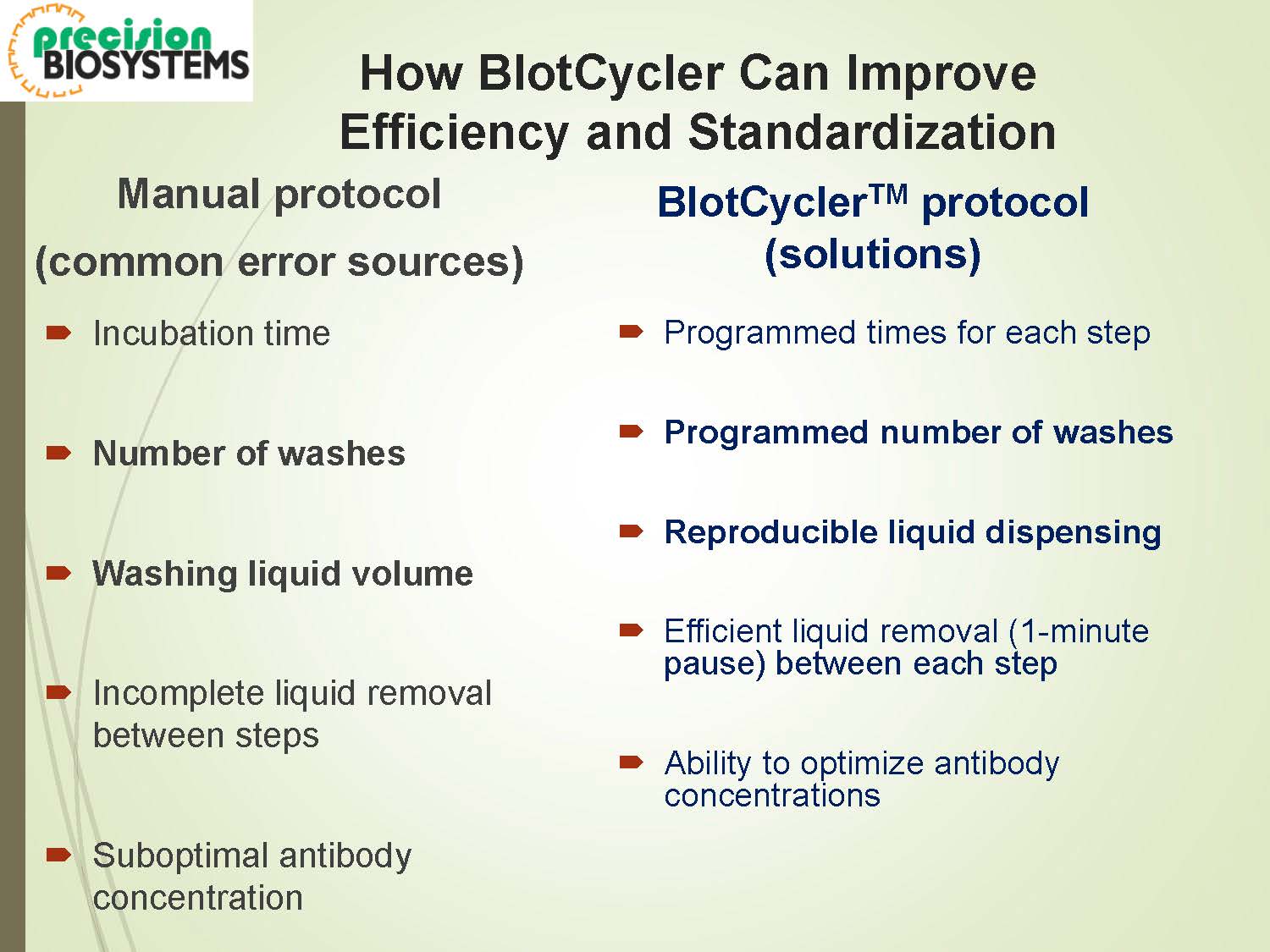
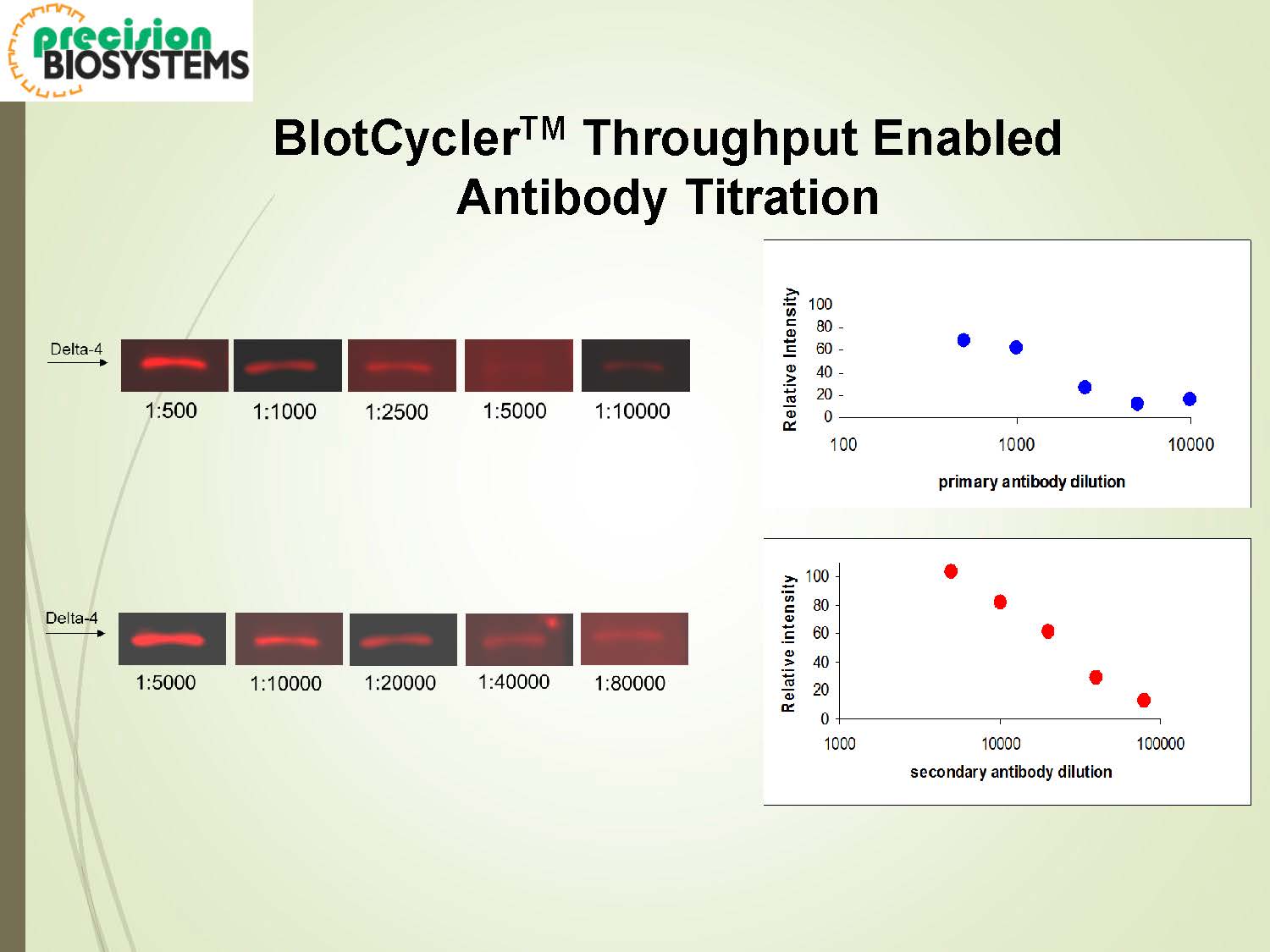
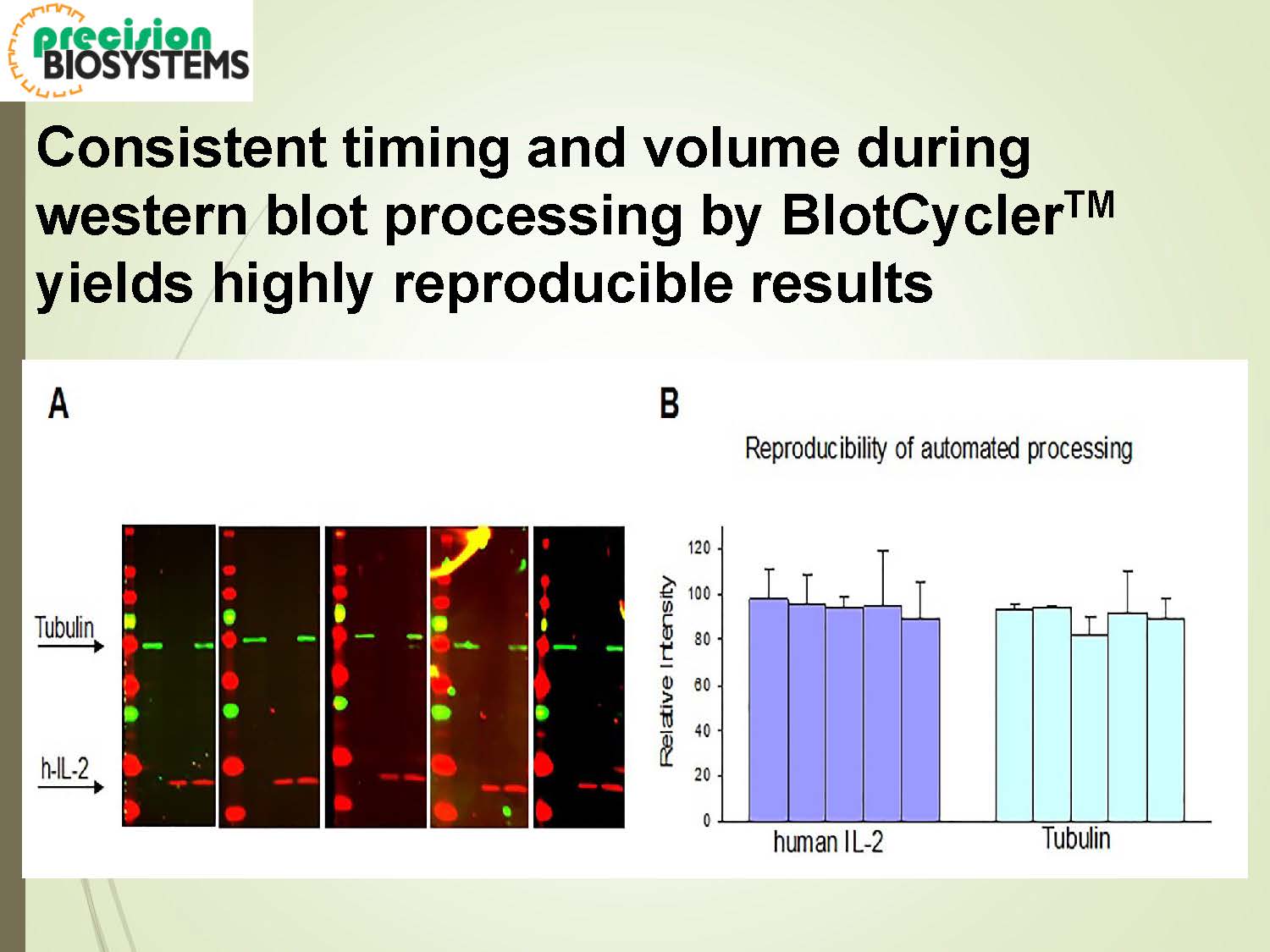
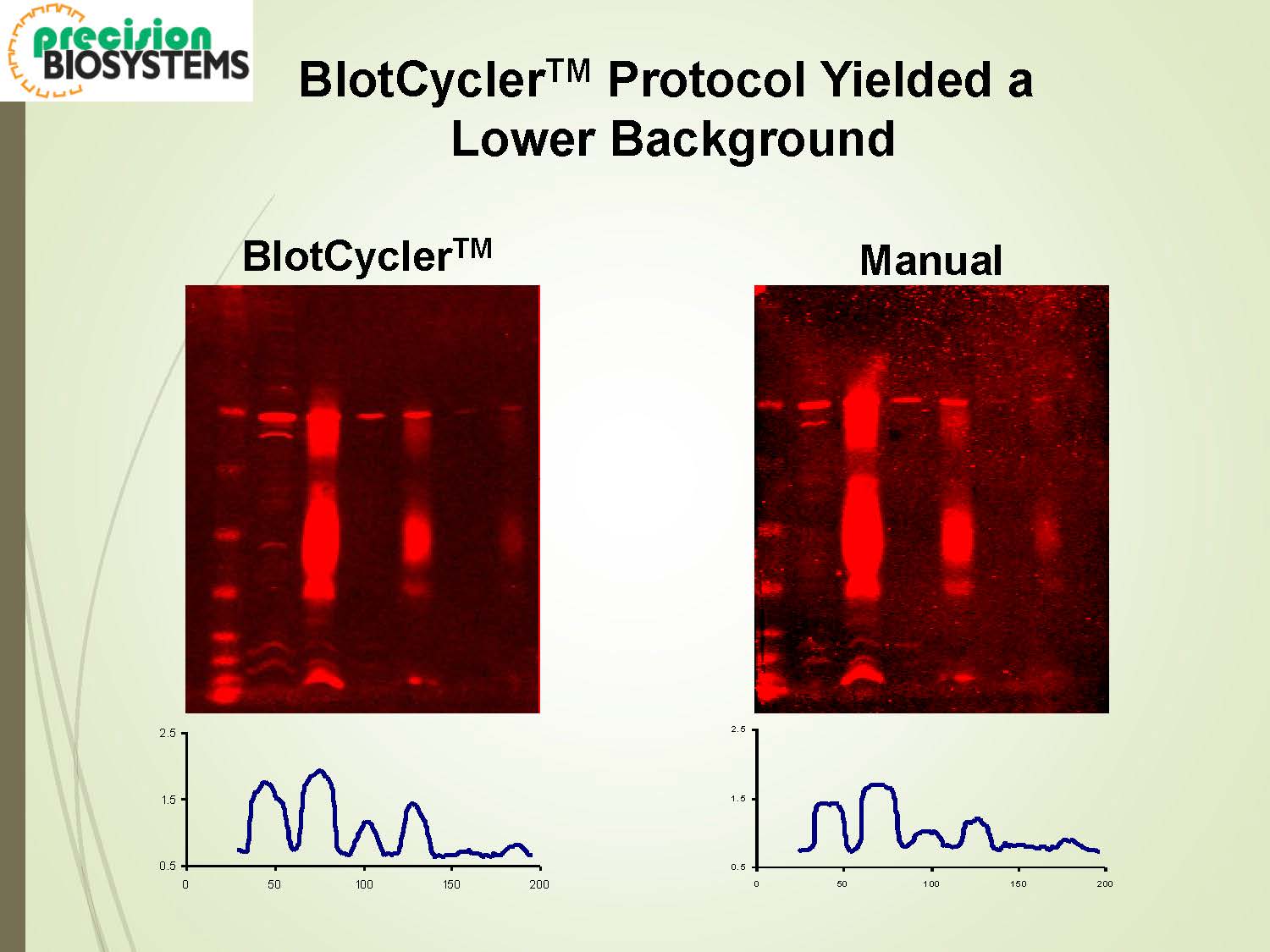
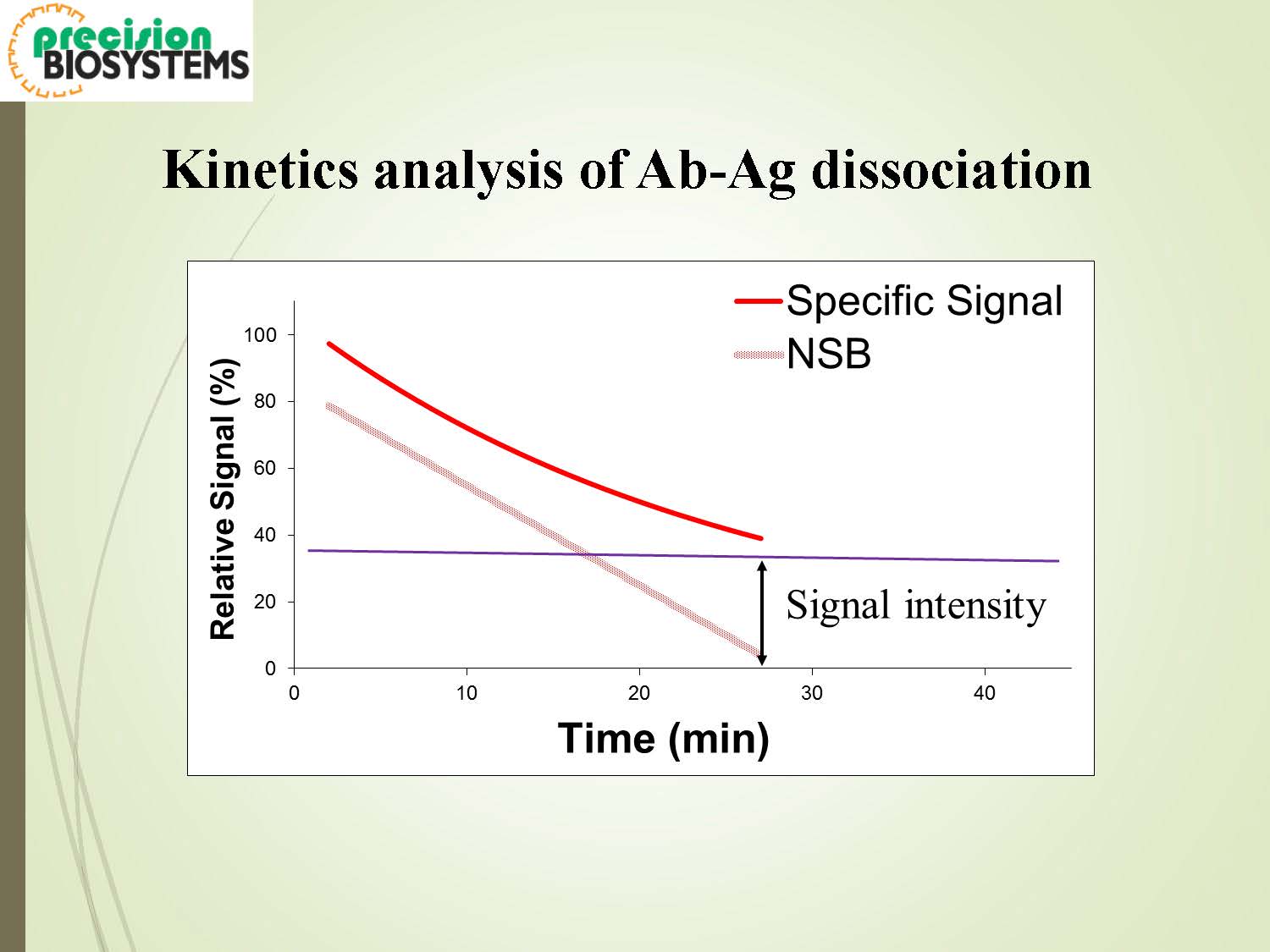

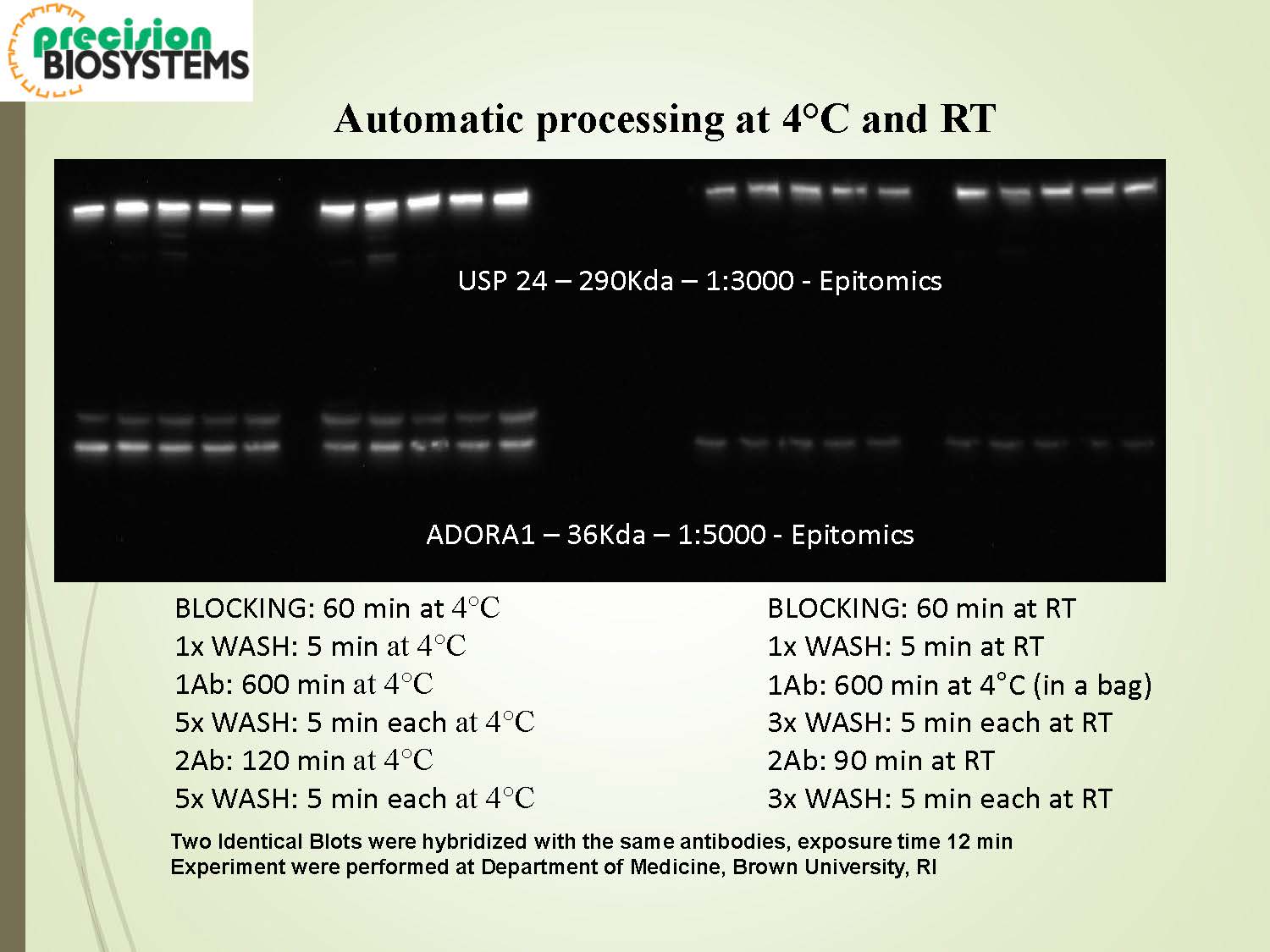
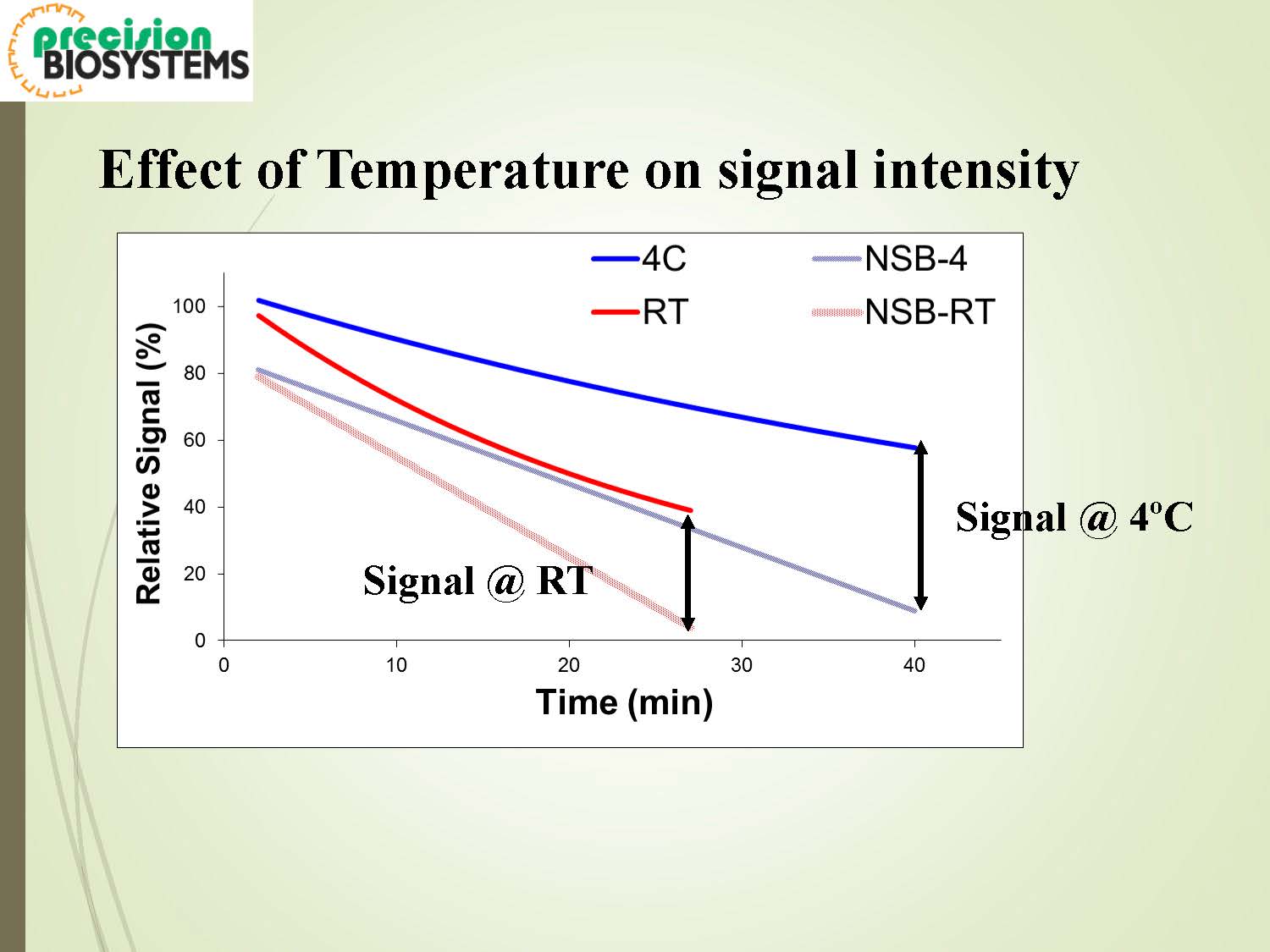
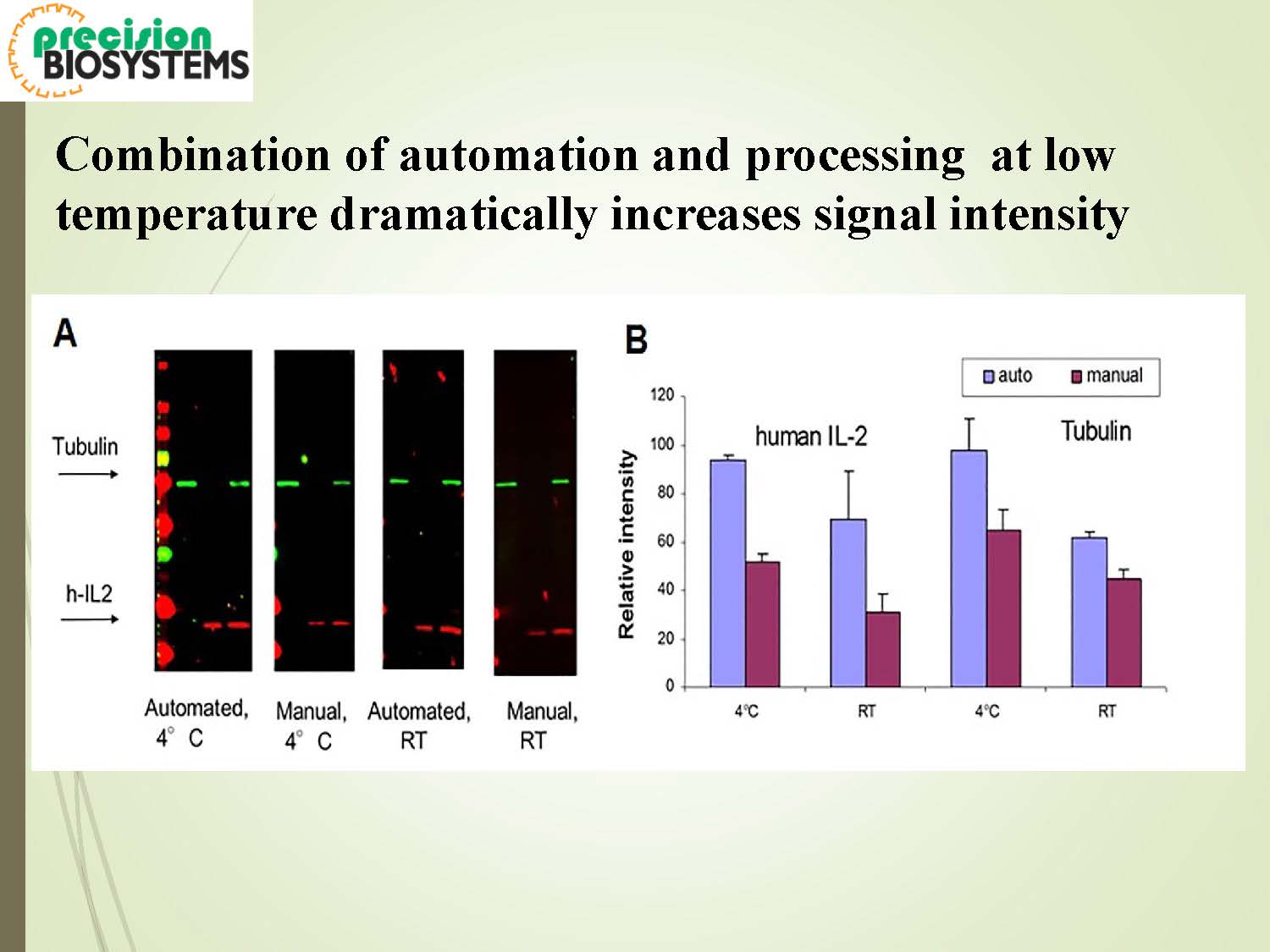
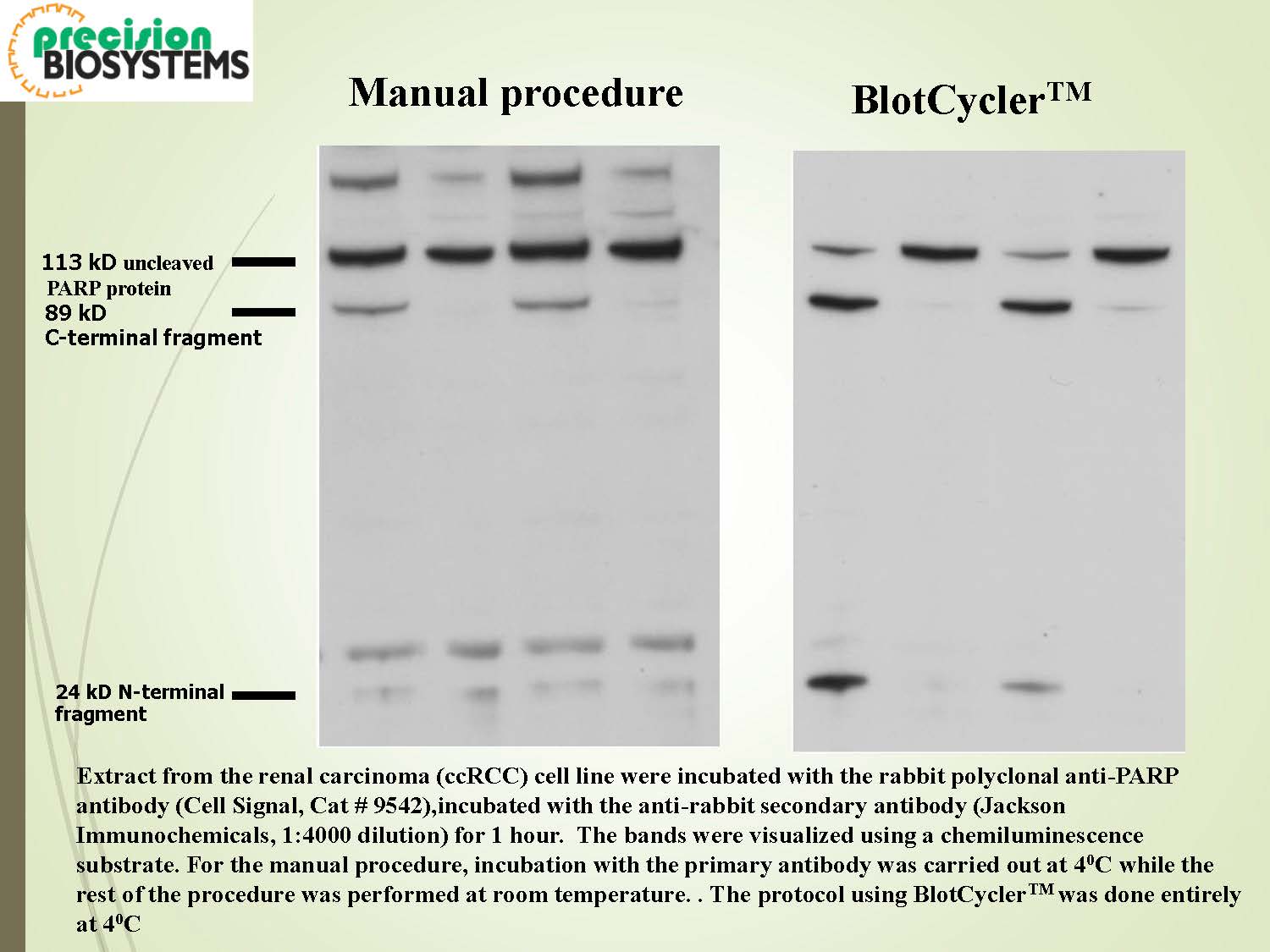
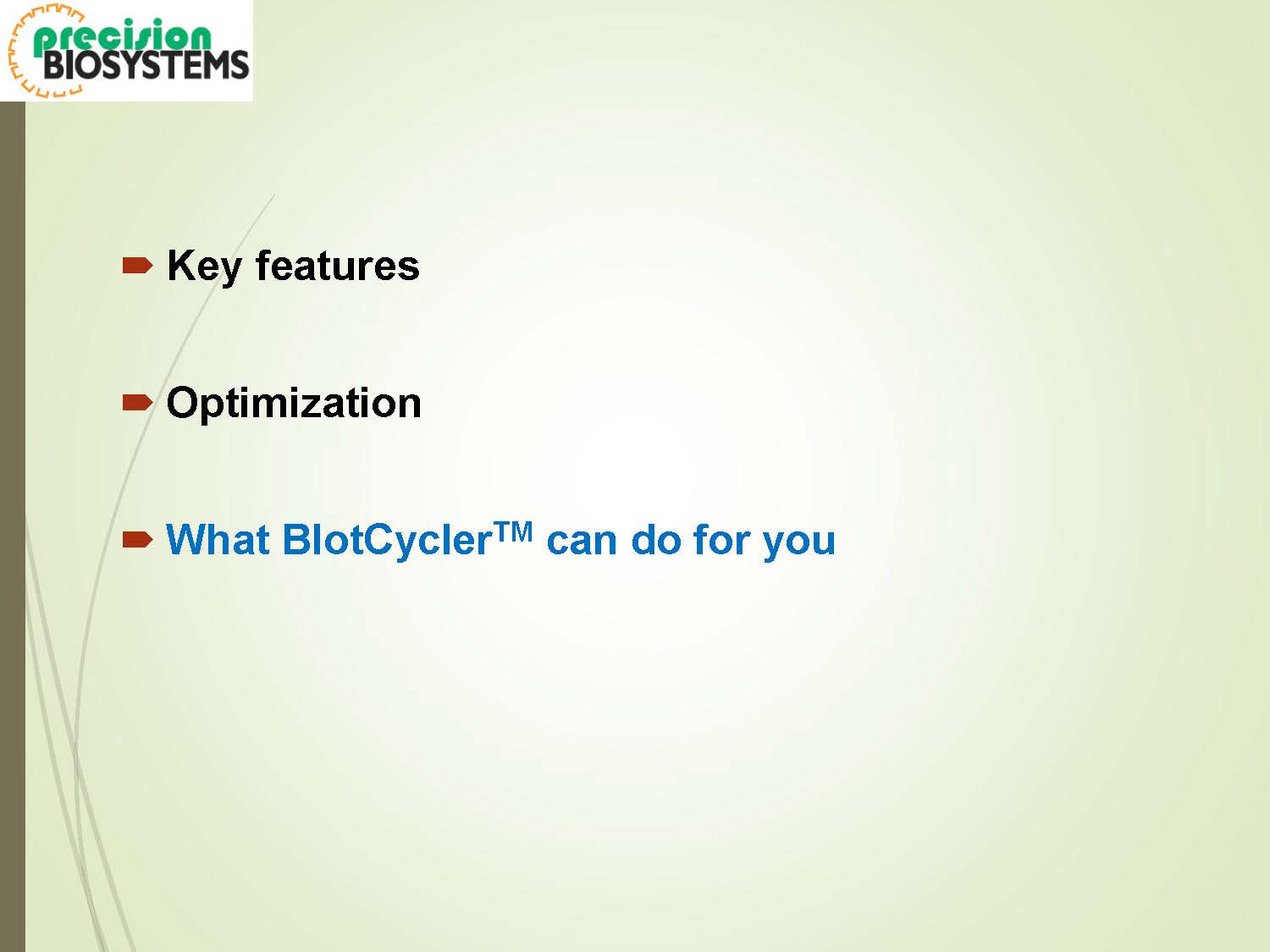
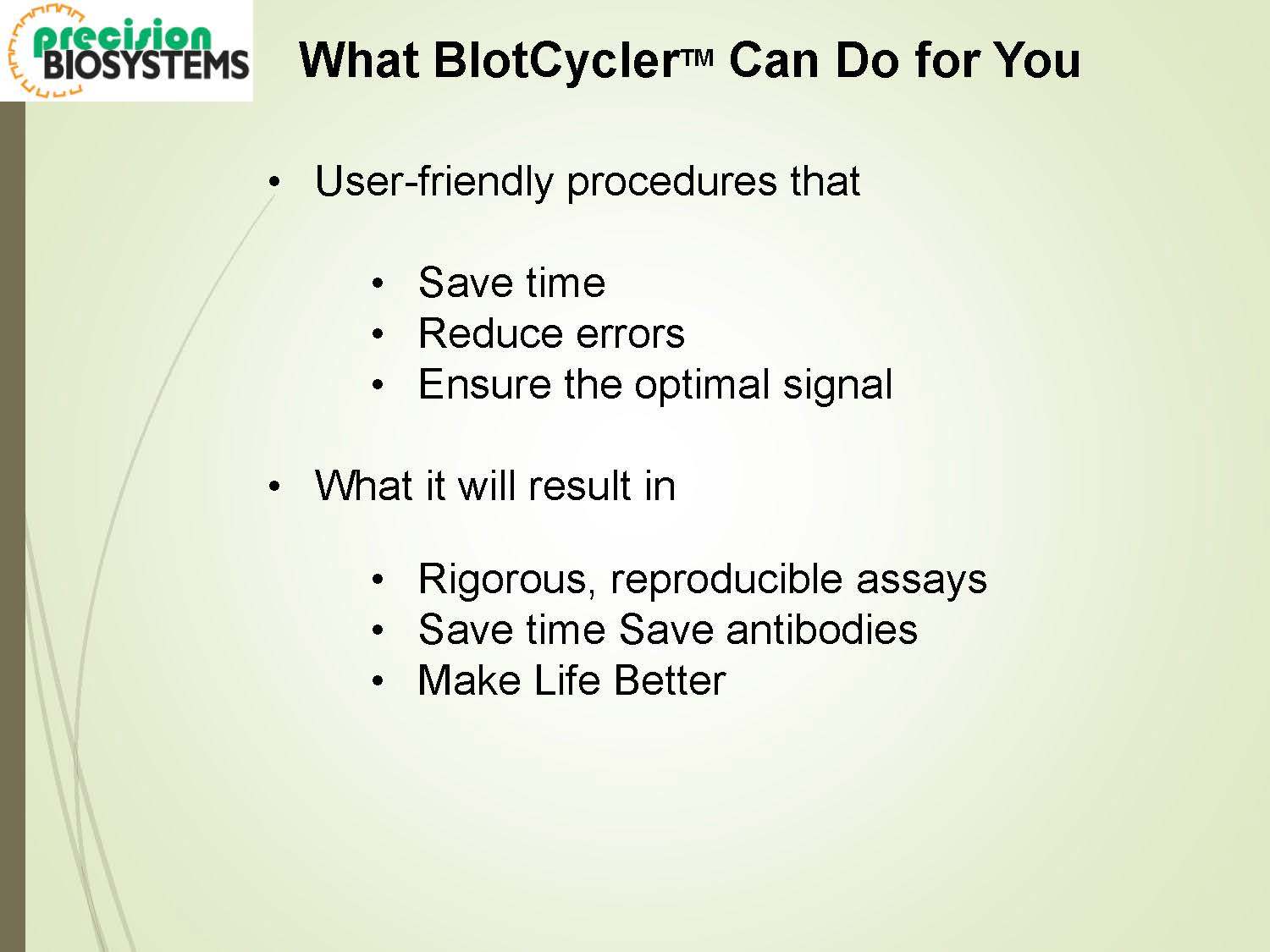
|